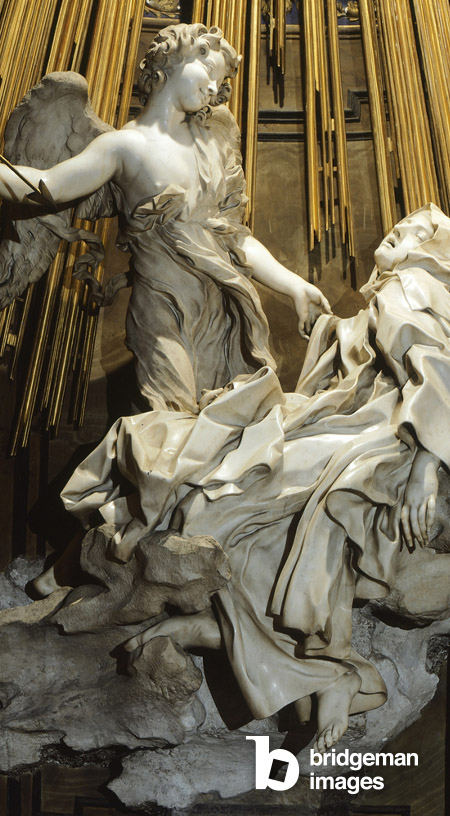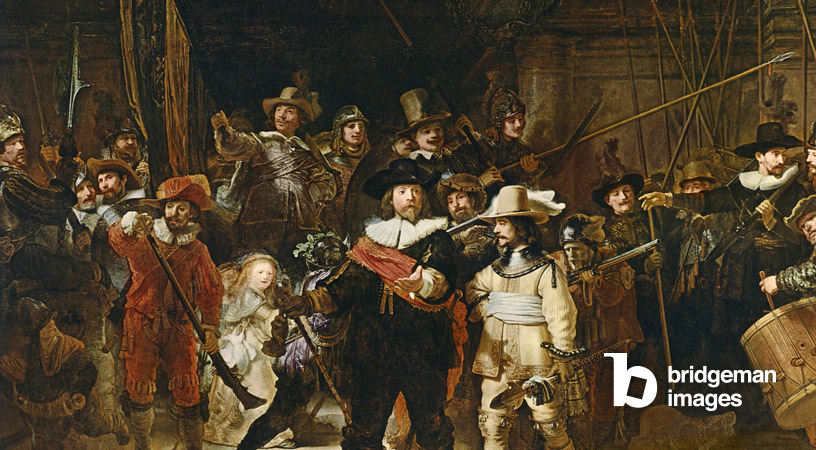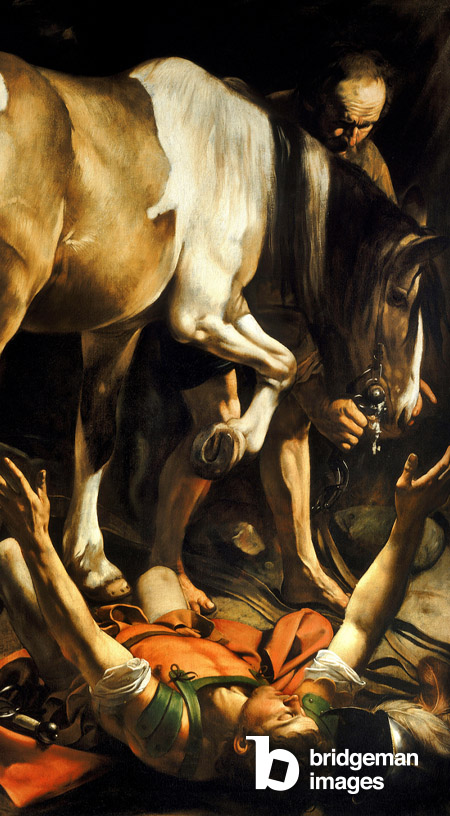Published 26/07/2023
The Baroque takes its name from the Portuguese word "barocco," meaning "irregular pearl or stone." It is a cultural and artistic movement that characterised Europe from the early 17th to the mid-18th century.
View our selection of Baroque works
The Baroque emphasises dramatic and exaggerated movement, as well as clear and easily interpretable details. Due to its exuberant irregularities, this art has often been described as bizarre or uneven.
The Baroque era was heavily influenced by the Renaissance to the point where some art historians have claimed that the Baroque was merely the end of the Renaissance and did not exist as a distinct cultural or historical phenomenon. Others have refuted this idea, arguing that events such as the Protestant Reformation and the Thirty Years' War altered how Europeans and artists perceived the world, marking a clear distinction from the Renaissance.
The Baroque period was marked by significant social upheavals in Europe, including the challenge posed to the Roman Catholic Church. Baroque artists such as Gian Lorenzo Bernini and Francesco Borromini began their movement by creating masterpieces for the Vatican and the social and religious circles surrounding it. Architectural designs shifted from a linear style of the Renaissance to a more pictorial style, challenging notions of perfection and completion in favour of ideas of becoming, pictorial resemblance, infinity, and boundlessness.

The Baroque was not an artistic movement led by a specific school but rather composed of numerous schools and artists across Europe, each contributing in their own way to a variety of styles. The main characteristics of Baroque paintings are drama, deep colours, dramatic lighting, pronounced shadows, and dark backgrounds. Unlike Renaissance art, which favored calmness and rationality, Baroque artists chose to highlight striking contrasts, passion, and tension, often opting to depict the moment preceding an event rather than the event itself.
Baroque Painting
The most prominent Baroque painters came from the Netherlands, Italy, and Spain, primarily creating portraits of royalty, religious scenes, and depictions of social and royal life. For example, the Dutch painter Rembrandt van Rijn was a master in creating expressive portraits, such as "The Night Watch" and "The Return of the Prodigal Son."

The Italian artist Caravaggio also made a significant impact during the Baroque era with his revolutionary works. His dramatic and contrasting paintings captured the attention of many admirers, particularly with famous pieces like "The Conversion of Saint Paul."

In Spain, the Baroque painter Diego Velázquez was famous for his elegant portraits, including the one of the Spanish royal family, "Las Meninas," considered one of his most important masterpieces.
In addition to portraits and religious scenes, the Baroque era also saw a rise in history and landscape paintings, as well as portraits, genre scenes, and still life paintings.
Baroque Sculpture
Baroque sculptors also rejected straight lines, favoring increasingly pictorial sculptures that emphasized movement and expression. Baroque sculpture mainly focused on representing biblical scenes, with a desire to portray pathos and movement.
View our selection of Baroque Sculpture
Baroque Architecture
Baroque architecture was characterized by intricate details and extravagant decoration. Architectural elements of the Renaissance were magnified and made more theatrical, with the advanced use of trompe-l'œil paintings and optical illusions. Towards the early 18th century, European architectural attention shifted to France, where classicism replaced the Baroque style, while architects like Charles Le Brun elevated Baroque to new heights with remarkable designs, such as the Hall of Mirrors at the Palace of Versailles.
.jpg)
The Baroque has left a lasting legacy in the history of art and architecture. Its dramatic and expressive style has influenced generations of artists and continues to be appreciated to this day. The movement brought significant changes to artistic expression and gave birth to works of striking emotional intensity. Baroque architecture has also made its mark throughout Europe, creating majestic and impressive buildings that still captivate the admiration of visitors from around the world.
View our selection of Baroque works
Get in touch with our team; we are always happy to assist you with your research, with no obligation or additional cost.


